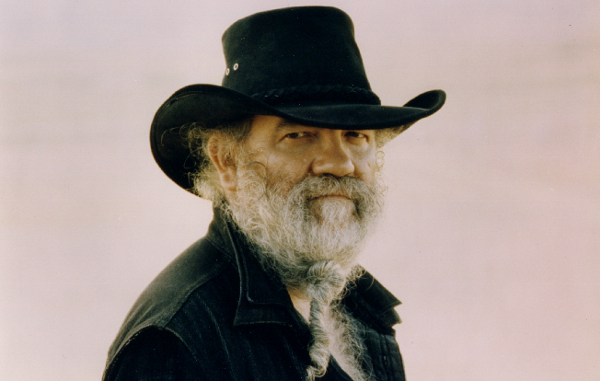
La Monte Young is an American avant-garde composer and musician. He is often popularized as the first ‘minimalist’ composer, and as one of the most important pioneers of avant-garde and drone music.
La Monte Thornton Young was born on October 14, 1935 in Bern, Idaho. Young attended the Los Angeles City College after graduating from High School. Some accounts state that he once played with Ornette Coleman, Billy Higgins, and Don Cherry while in Los Angeles. Young studied music at the University of California, Los Angeles, and then at the University of California, Berkeley under the famous German composer, Karlheinz Stockhausen. After his time at Berkeley, Young studied Electronic Music at the New School for Social Research in New York under Richard Maxfield.
Young initially collaborated with John Cage in 1959 while he was studying Arnold Schoenberg’s Twelve Tone Technique with Leonard Stein. The duo presented each other’s works throughout US and Europe. By this time, Young had matured into a full-fledged avant-garde composer; he often used the ‘principles of indeterminacy’, as well as usual sounds and noises.
One of Young’s first well known works were his “Compositions 1960”, which were famous for their unusual actions, such as instructing the performer to build a fire, or to release a butterfly in the room, or to push a piano through a wall, or even to draw a straight line and follow it. This work was followed by “The Second Dream of the High-Tension Line Step Down Transformer”, which was famous for its fabulous use of pitches and frequency ratios, that could be combined with other pitches and improvised upon. For the act’s performance, Young founded the “Theatre of Eternal Music”. Young also founded the idea of the “Dream House”, which were a series of installations that focused on using elaborate sound and light effects to create sensory overload.
Many of Young’s composition are known for their astounding length. Some works often exceed the six hour mark. Young always justified the length of his works by saying that “they have no beginning and no end, existing before and after any particular performance”. Often, Young and Marian Zazeela (Young’s Collaborator and Wife after 1963) put their philosophy to practice by staying awake for extensive periods of time, even more than thirty hours a day. Such compositions are found in Young’s “The Well Tuned Piano”, which, besides being exceptionally long, features instances of Hindustani classical music and mathematical compositional principles. The work is also considered by Young to be his ‘masterpiece’.
Young was greatly influenced by Hindustani classical music. He studied the tabla with Chatur Lal and the sarod with Ustad Ali Akbar Khan of the Maihar Gharana. He also gathered some experience with the tanpura under the supervision of Pandit Pran Nath. Young was also a student of Japanese classical music and pygmy music, and thanks to his education in UCLA, of western classical music. Perhaps the most resonating image of Young’s usage of classical music is his implementation of Anton Schoenberg’s twelve-tone technique and the serialism of Anton Webern.
La Monte Young is also a highly respected teacher and mentor. He is known to be a great influence to composers such as Dylan Carlson and Brian Eno. He has also taught Arnold Dreyblatt and Daniel James Wolf. Today, he is highly reputed as one of the greatest pioneers of avant-garde music.